BAUHAUS 101

|
 |
|

|
|
|
|
 |
Gropius founded the Bauhaus school in 1919 on the then-radical notion that arts and crafts could be taught and practiced side by side. He sought to blend art and design in practice, using new technology to mass produce objects. Instead of classrooms and classical theory, the Bauhaus favored hands-on creation in workshops. Instead of siloing its students into single areas, they were actively encouraged to cross boundaries and collaborate, experimenting in metalwork, bookbinding, theatre, weaving, and architecture.
Bauhaus Art and Design:
|
László Moholy-Nagy, Segments, 1921 |
The Bauhaus was influenced by 19th and early 20th-century artistic movements, like Arts and Crafts and Art Nouveau, that sought to level the distinction between the fine and applied arts and reunite creativity and manufacturing. That influence can be seen in the romantic medievalism of the Bauhaus ethos during its early years, when it was seen as more of a craftsmen guild. But by the mid-1920s, this vision had given way to a focus on uniting art and modern industrial design, and it was this which ultimately became the foundation for the Bauhaus's most original and important achievements. |
|
|
Ludwig Hirschfeld-Mac, Reaching The Stars, 1922 |
|
Gertrude Arndt, Exercise on the Effect of Basic Forms in Black and White, 1924 |
|
|
|
Anni Albers, Design for a Rug, 1927 |
|
CHARACTERSITICS:
|
|
|
|
Otto Werner, Architectural Sculpture, 1922 |
|
Corona Krause, Study on Equilibrium, 1924 |
|
|
|
"SO LET US THEREFORE CREATE A NEW GUILD OF CRAFTSMAN, FREE OF THE DIVISIVE CLASS PRETENSIONS THAT ENDEAVORED TO RAISE A PRIDEFUL BARRIER BETWEEN CRAFTSMAN AND ARTISTS! LET US STRIVE FOR, CONCEIVE AND CREATE THE NEW BUILDING OF THE FUTURE THAT WILL UNITE EVERY DISCIPLINE, ARCHITECTURE AND SCULPTURE AND PAINTING, AND WHICH WILL ONE DAY RISE HEAVENWARDS FROM THE MILLION HANDS OF CRAFTSMEN AS A CLEAR SYMBOL OF A NEW BELIEF TO COME." - Walter Gropius, Manifesto of The Staatliches Bauhaus |
|
Marianne Brandt, Small tea-essence pot, 1924 |
|
|
|
Barcelona Chair, Mies van der Rohe, 1929 |
|
Naum Slutzky, Door with door handle, 1921 |
|
|
|
Marcel Breuer, Wassily Chair, 1927 |
|
ARTISTS AND DESIGNERS TO KNOW:
|
|
|
|
Parisian apartment by architects Jean Ginsberg, André Ilinski and interior designer André Monpoix, 1961 |
|
Walter Gropius, Directors' Room at the Bauhaus in Weimar, 1924 |
|
|
|
But the real revolution was the approach to teaching. “Schooling alone can never produce art!” wrote Gropius, but knowledge and technique can be taught and learned. Practical and theoretical studies were carried on simultaneously; the preliminary course was defined by “observation and representation”, study of materials, composition and color theory. Among the instructors were Paul Klee, Wassily Kandinsky and Joseph Albers. Specialized workshops included metalwork, carpentry, weaving, pottery and typography. The aim was to reunite the arts previously separated by academies; to bring back the soul into soulless mass manufactured products and to restore art’s role and purpose in society.
Bauhaus Architecture:
|
Hans and Wassili Luckhardt, Haus am Ruperhorn, Berlin, 1932 |
Similar to Bauhaus art, the architecture is shaped by harmoniously balanced geometric shapes and an emphasis on function. Featuring open plans and lots of glass, Bauhaus architecture was inspired by the simple yet polished look of the American Arts and Crafts movement - popularized at the time by Frank Lloyd Wright. |
|
|
Alfred Arndt, Haus des Volkes, Probstzella, Germany, 1932 |
|
CHARACTERSITICS:
|
|
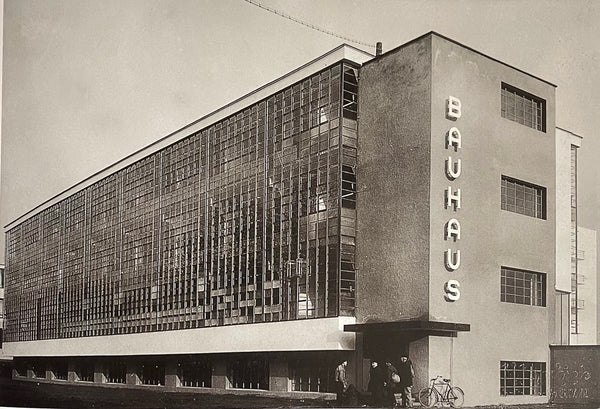 Walter Gropius, Bauhaus Dessau, 1925 |
|
|
ARCHITECTS TO KNOW:
|
|
|
|
 Justinas Šeibokas, 1979 in Gedimino 28, Vilniaus, Lithuania
|
|
Marcel Breuer, Sea Lane House, Angmering-on-Sea, West Sussex, UK, 1936 |
After just 14 years, The Bauhaus school was forced to close in 1933 by the Nazis, but its influence remains all around us. As faculty and students fled Germany and spread across the world, Bauhaus architecture began to appear in New York, London, Chicago, Geneva and Tel Aviv. Former faculty members took positions at other prestigious schools in the US and Europe, and continued to teach, inspiring a new generation of artists, craftspeople and designers.
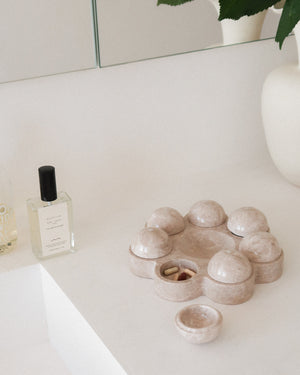
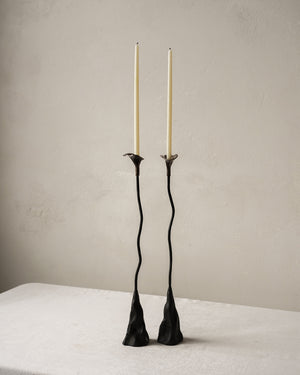

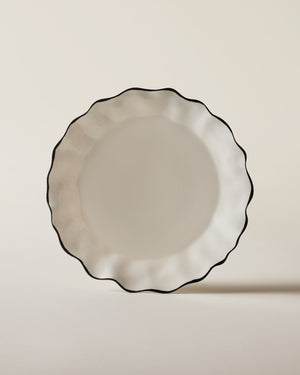
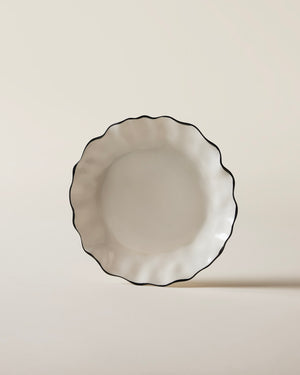
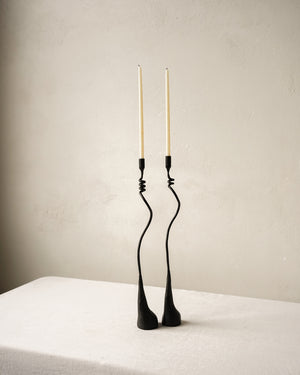
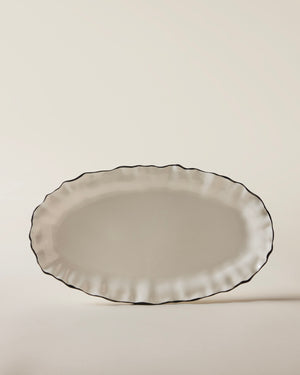














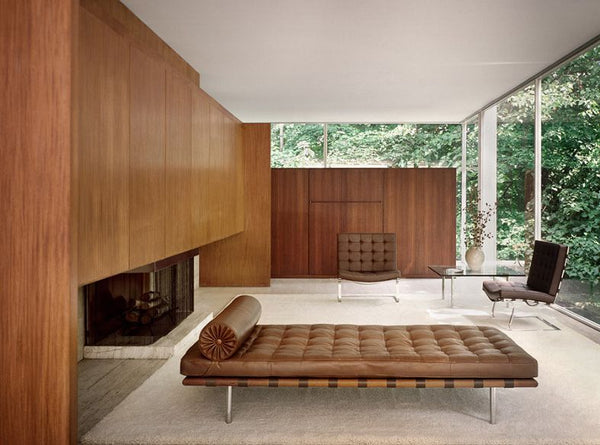 Mies van der Rohe, Edith Farnsworth House, Plano, Illinois, 1945
Mies van der Rohe, Edith Farnsworth House, Plano, Illinois, 1945

